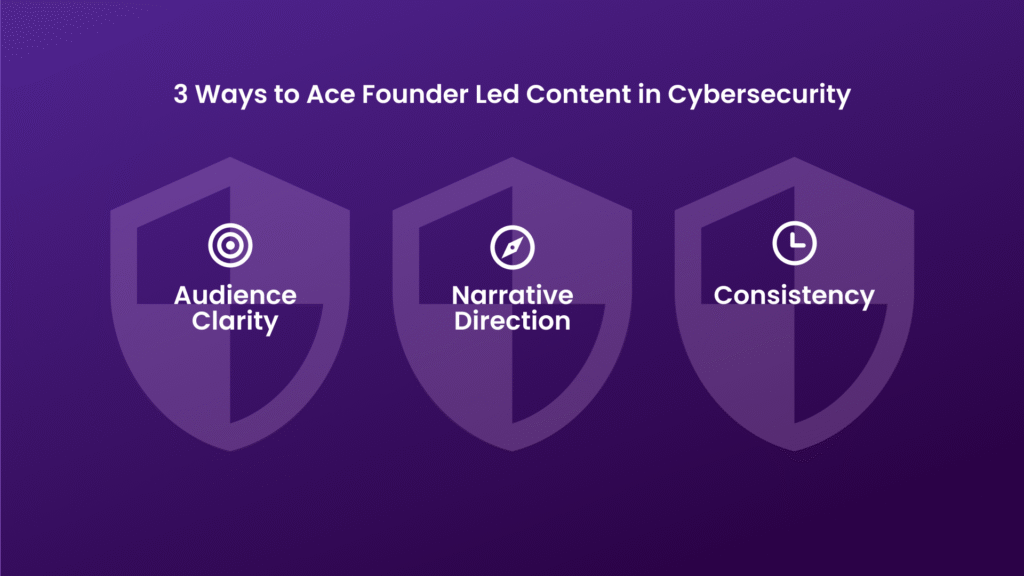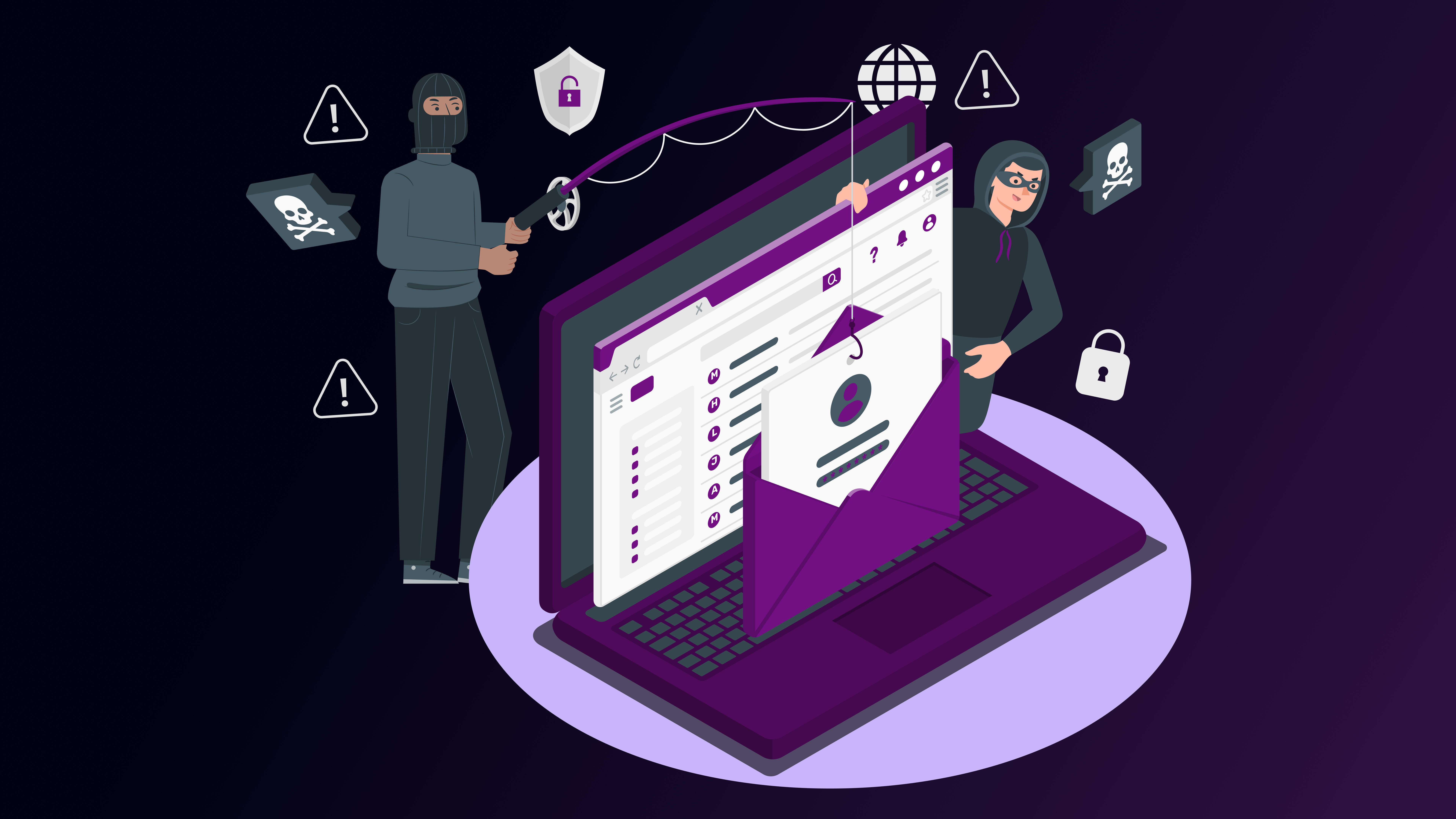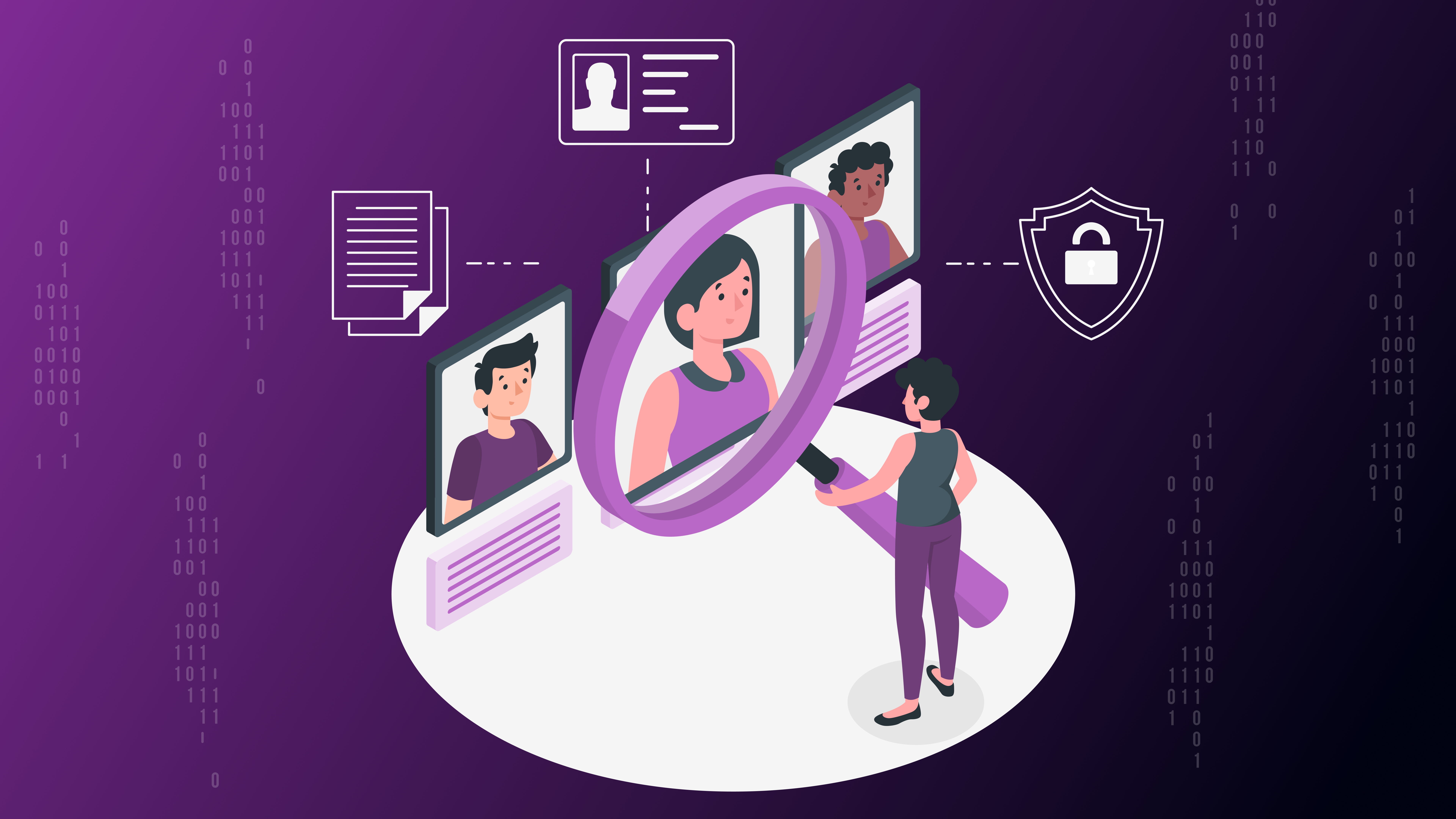Outlining organic content & outreach strategies that we implemented to grow a cybersecurity founder’s linkedin profile who worked with us last year.
When we first spoke to this founder, he had one question.
“Why isn’t LinkedIn bringing in leads for us?”
It wasn’t coming from a place of frustration. It was genuine curiosity. He had been running a cybersecurity business in UK for over four years.
His client base was healthy, built largely through referrals and long-standing relationships. He focused on red teaming, OSINT, and threat detection. The company specialized in the financial services and healthcare sectors, handling sensitive environments and high-risk scenarios with precision.
He was also consistent with content.
He had been publishing technical posts on LinkedIn every week. Breakdown threads on recent ransomware tactics. Recaps of internal experiments with open-source intelligence.
Thoughtful commentary on breaches across the banking and hospital ecosystems. He engaged on Reddit and Twitter, actively participated in underground info-sec discussions, and brought some of those insights back to LinkedIn.
His timing was good. His content was sharp. And his posts were regularly getting visibility – hundreds of impressions, decent engagement, and occasional reshares from his peers.
But no leads.
Not one business conversation from LinkedIn in the last two years. That’s when he thought he might need some help.
Luckily, we had reached out to him through LinkedIn DMs. And we connected.
The visibility was there. The conversion path wasn’t.
On the surface, nothing was broken. The founder had technical depth. He understood cybersecurity, threat modeling, incident response, compliance standards, and handled critical post-breach environments. That much was obvious from his writing.
But here‘s this peculiar thing about LinkedIn : technical ability alone doesn’t attract business on LinkedIn.
His audience – by default – was other cybersecurity professionals. Not CISOs. Not CTOs. Not compliance heads or procurement teams in hospitals.
He had built his network around curiosity, not conversion. The people reading his content were impressed, but they were not the ones buying cybersecurity services.
That’s a common disconnect we see when it comes to content for a cybersecurity founder’s LinkedIn profile.
Your peers understand your value. But your buyers don’t. Founder-led marketing is essential, and it has to start with what your buyers want.
And if your content doesn’t speak to buyers, it won’t generate demand.
We reviewed over 50 of his posts from the past year. Not once did he talk about the kinds of businesses he works with. Not once did he explain what working with him feels like. There was no hint of outcomes, client journeys, or lessons from real-world projects.
His visibility was increasing, but that wasn’t converting into building credibility with prospective clients or business heads who’d want to engage with him.
And on LinkedIn, that’s precisely what opens doors to deals.
The core problem: audience mismatch and narrative ambiguity
If you’re publishing content on LinkedIn without knowing who it’s for, you’ll end up with a lot of attention. But only attention, and no visible action or churn in your pipeline.
That’s what was happening here. The founder’s content was strong – but it was designed for the wrong set of eyes. His connections were largely researchers, analysts, and engineers.
And his posts reflected that audience: technical deep-dives, exploit breakdowns, reverse engineering walkthroughs.
Nothing wrong with that. In fact, it’s the kind of content that earns credibility in the cybersecurity world. But when it comes to B2B marketing and sales, buyers need to also clearly know the business value.
Buyers don’t just want to know that you’re good.
They want to know what you can do for them.
That clarity was missing. There was no story behind the services.
No message that reflected who his company helps, how they help, and why it matters.
His positioning was too internal. It never crossed the bridge from “here’s what I know” to “here’s why that matters to your business
So, what did we change?
We didn’t ask the founder to tone down the technical content. That was a strength – and a differentiator. But we did introduce two critical shifts in how he approached LinkedIn:
1. We redefined his audience, clearly and intentionally.
We helped him audit his network and gradually reconnect with the right set of decision-makers, CISOs, IT heads, compliance officers, and procurement stakeholders across mid-sized banks and hospitals. These were the people his business wanted to work with, but his profile had little visibility among them.
This meant cleaning up his feed, making new connections, and joining more relevant conversations outside of the typical cybersecurity echo chamber.
2. We gave direction to his content.
We didn’t rewrite everything from scratch. Instead, we added structure, narrative, and relevance to his existing voice.
His post about how a bank’s internal tools exposed S3 buckets became a story about cloud misconfigurations and third-party risk.
His red teaming stories were recast with reflections on how leadership teams often under-prioritize lateral movement risks during audits.
We showed him how to draw a straight line from what he experienced as a professional to what his prospects cared about as business leaders.
He also started opening up more.
Sharing his point of view on why cybersecurity product demos often miss the real concerns of healthcare clients.
Talking about a mistake his team made during a pentest – and what it taught them about documentation.
Telling the story of how one of his long-term clients recovered from a breach with their help, without disclosing names.
These weren’t aggressive sales posts.
They were human, practical, and valuable. And that’s what makes people want to work with you.
The impact wasn’t overnight. But it was undeniable.
Within three months, things started shifting.
The founder began receiving inbound DMs – not from peers, but from prospects.
A compliance officer at a mid-sized hospital responded to one of his posts on vendor risk and asked for a quick intro call. A former banking client re-engaged after seeing a breakdown of MDR vs EDR from the founder’s perspective.
Overall in the six months of LinkedIn content for him – his profile garnered a total of 100k impressions, along with a significant improvement in engagement and reactions. But that’s not even the metrics of success we measured.
Old contacts started paying attention again.
Because now, the content was framed around them.
This wasn’t lead gen in the traditional sense. There were no CTAs. No downloadable checklists. No ads. Just a strong, clear narrative that said:
“Here’s who I help. Here’s what I do. Here’s what I’ve seen.”
When done consistently, that’s the kind of content that builds trust and opens doors.
What this teaches us about founder-led content in cybersecurity?

Technical expertise is only one part of the equation. In fact, there is enough untapped space for cybersecurity experts to build their own niche and sell within that.
If you want LinkedIn to generate business – not just visibility – you need to get three things right:
1. Audience clarity & connection
Know exactly who you want to influence and why. And build your network, tone, and format around them.
2. Narrative direction
Your content should reflect the services you offer, the exact problems you solve, and what do you offer differently.
Don’t just tell us what you know – show us what you can do.
3. Consistency & long-term over flash
You don’t need viral moments. You need strategic visibility, week after week, that positions you as the trusted expert in your niche.
This founder had already done the hard part – building the skills, doing great work, and showing up online.
We just helped align it to the right goals.
That’s when things started working.
If you’re building in Cybersecurity, you need to have a strategic direction on LinkedIn to build the right authority for your business.
Let’s work on your LinkedIn strategy today!





